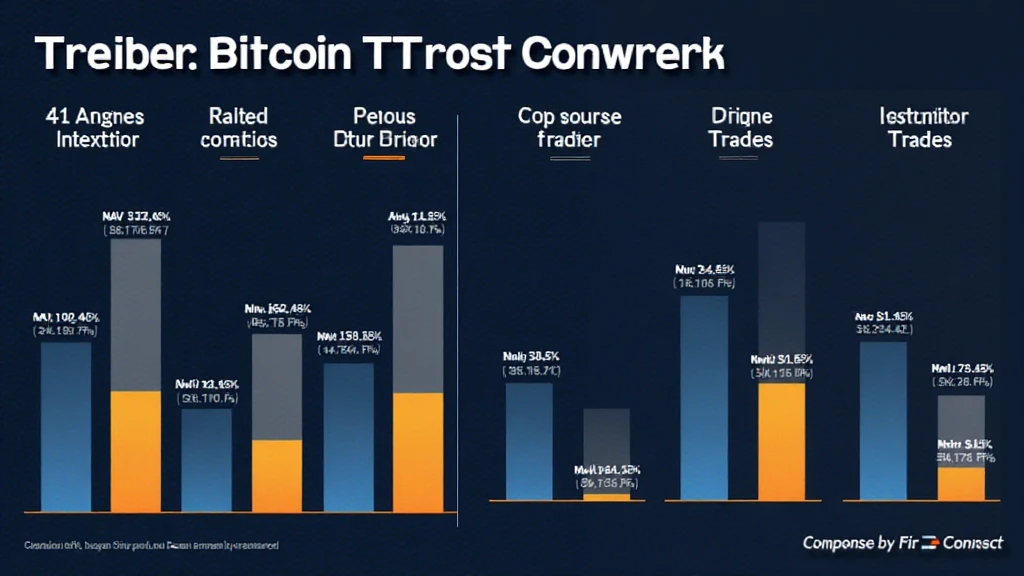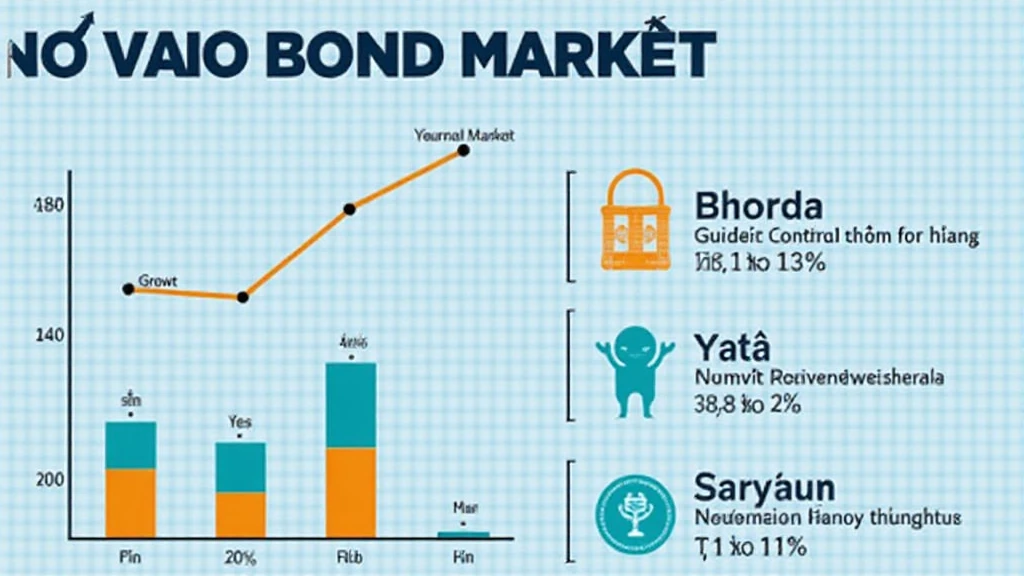Introduction: The Rise of Bitcoin ETFs
In 2024, the Bitcoin market witnessed a staggering growth of over 400% in institutional investments, signaling a strong endorsement of Bitcoin ETFs. With $4.1 billion lost to DeFi hacks in 2024, investors are now more than ever focused on reliable, secure investment vehicles. Bitcoin ETFs have emerged as one of the top choices for both individual and institutional investors. This article aims to provide a thorough understanding of Bitcoin ETF performance metrics and their implications for future investments.
Understanding Bitcoin ETFs
Before delving into performance metrics, it’s essential to understand what Bitcoin ETFs are. A Bitcoin ETF (Exchange-Traded Fund) allows investors to buy shares that represent ownership in Bitcoin without the need to directly purchase the cryptocurrency. Like a bank vault storing valuable assets, Bitcoin ETFs offer a secure way to invest in Bitcoin while navigating regulatory landscapes.
Key Characteristics of Bitcoin ETFs
- Ease of Access: Bitcoin ETFs can be traded on traditional stock exchanges, allowing a wider range of investors to participate.
- Regulatory Oversight: Operating under specific regulations, Bitcoin ETFs enhance investor confidence.
- Liquidity: They typically provide high liquidity, making it easier for investors to buy and sell shares.
Performance Metrics That Matter
When evaluating Bitcoin ETFs, several performance metrics can provide insights into their effectiveness and profitability:

1. NAV vs. Market Price
The Net Asset Value (NAV) of a Bitcoin ETF is critical for potential investors. NAV reflects the underlying value of the assets in the fund. Comparing it to the market price can indicate whether the ETF is traded at a premium or discount. A persistent premium might suggest strong demand, while a consistent discount could indicate bearish sentiment.
2. Tracking Error
Tracking error measures how closely an ETF follows its benchmark index. For Bitcoin ETFs, this would be the price movement of Bitcoin itself. A low tracking error suggests effective management, while a high number may raise red flags about the ETF’s ability to replicate Bitcoin’s performance accurately.
3. Expense Ratio
Evaluating the expense ratio of a Bitcoin ETF can provide insights into the cost associated with holding shares. A lower expense ratio is generally more favorable, as it means less of your investment’s gains go toward fees.
Current Trends in Vietnam’s Bitcoin ETF Market
In Vietnam, the cryptocurrency landscape is evolving rapidly. Recent market studies indicate that 58% of Vietnamese cryptocurrency users declared an interest in Bitcoin ETFs as a safer investment option, reflecting a notable increase in institutional adoption.
Understanding Local Investors
For many Vietnamese, investing in Bitcoin ETFs is seen as a more reliable method of participating in the crypto space. Unlike traditional cryptocurrency investments, where security concerns are predominant, ETFs offer a blend of accessibility and oversight—qualities highly valued in emerging markets.
How to Analyze Bitcoin ETF Performance
Investors should consider a multi-faceted approach to analyzing Bitcoin ETF performance. Here’s a breakdown of steps:
- Monitor NAV and compare with market pricing regularly.
- Evaluate the tracking error: The closer to zero, the better.
- Check the expense ratios of competing Bitcoin ETFs.
- Utilize analytical tools that provide data on historical performance trends.
Future Outlook for Bitcoin ETFs
Looking ahead to 2025, the Bitcoin ETF landscape will likely evolve significantly. According to [Chainalysis 2025 report](https://hibt.com), institutional investments in Bitcoin ETFs are projected to grow by another 250% as more investors see them as a hedge against inflation.
Investment Strategies
Successful investment strategies will hinge not only on understanding Bitcoin ETF performance metrics but also on adjusting to market dynamics. As local regulations evolve, so too will the investment vehicles available to Vietnamese investors.
Conclusion: Navigating the Future of Bitcoin ETFs
In conclusion, Bitcoin ETF performance metrics are crucial for investors looking to navigate the evolving landscape of cryptocurrency investments, particularly in markets like Vietnam where traditional investment practices are merging with digital assets. Staying informed about the NAV, tracking errors, and expense ratios will ensure you make well-rounded investment decisions. Let’s face it—understanding these metrics is like having a compass that points toward potentially profitable opportunities in the Bitcoin ETF space.
As we move forward into 2025, understanding these metrics will not only benefit seasoned investors but also newcomers venturing into the Bitcoin ETF market. In a world rich with data and trends, equipping yourself with knowledge is key.
mycryptodictionary is dedicated to providing accurate information to help guide your investment strategies in the cryptocurrency realm. Not financial advice. Consult local regulators and do your due diligence.
Author: Dr. James Karlsson, a cryptocurrency expert with over 15 published papers on blockchain technology and risk management. He has led various well-known projects focusing on secure blockchain solutions and continues to analyze market trends rigorously.





